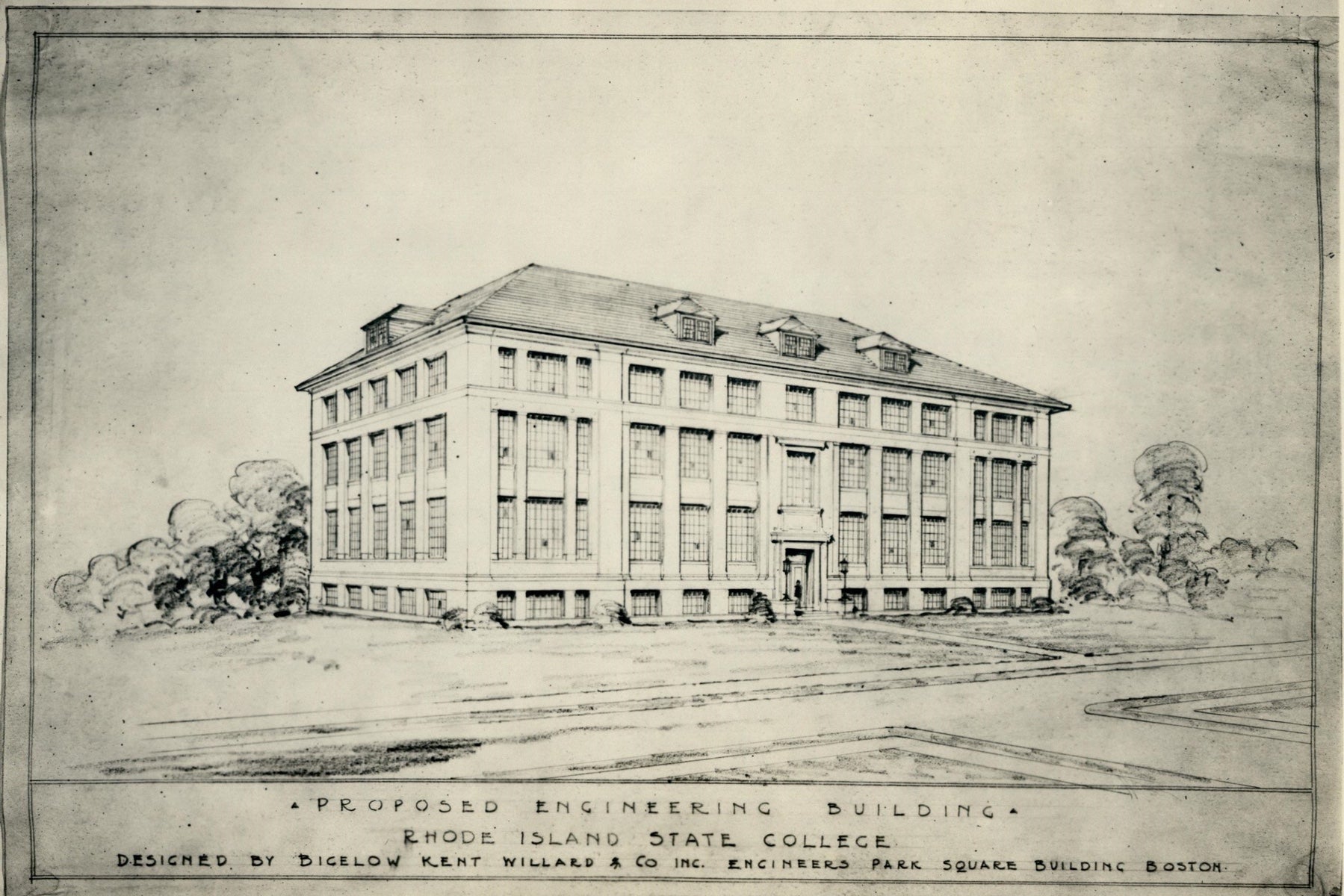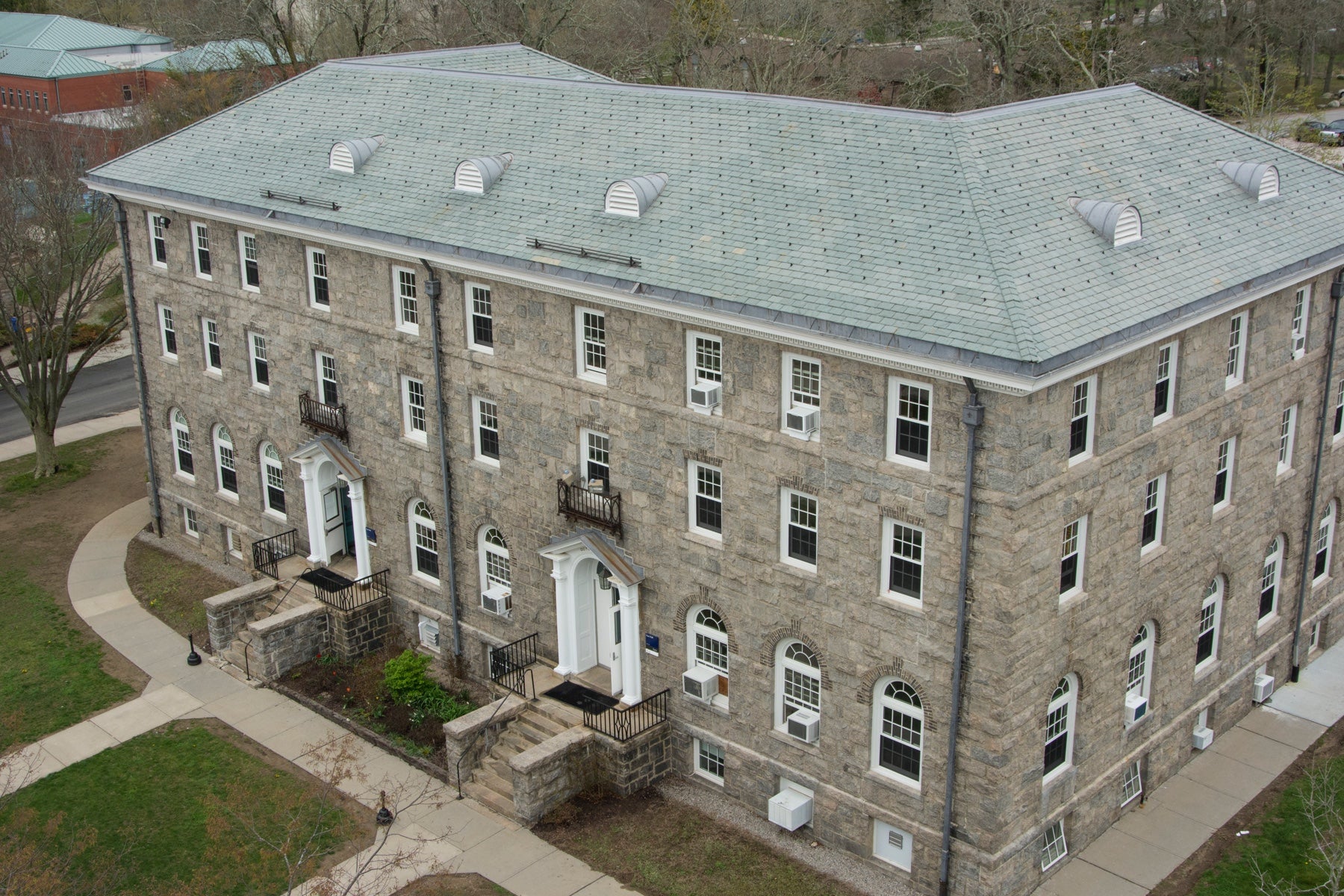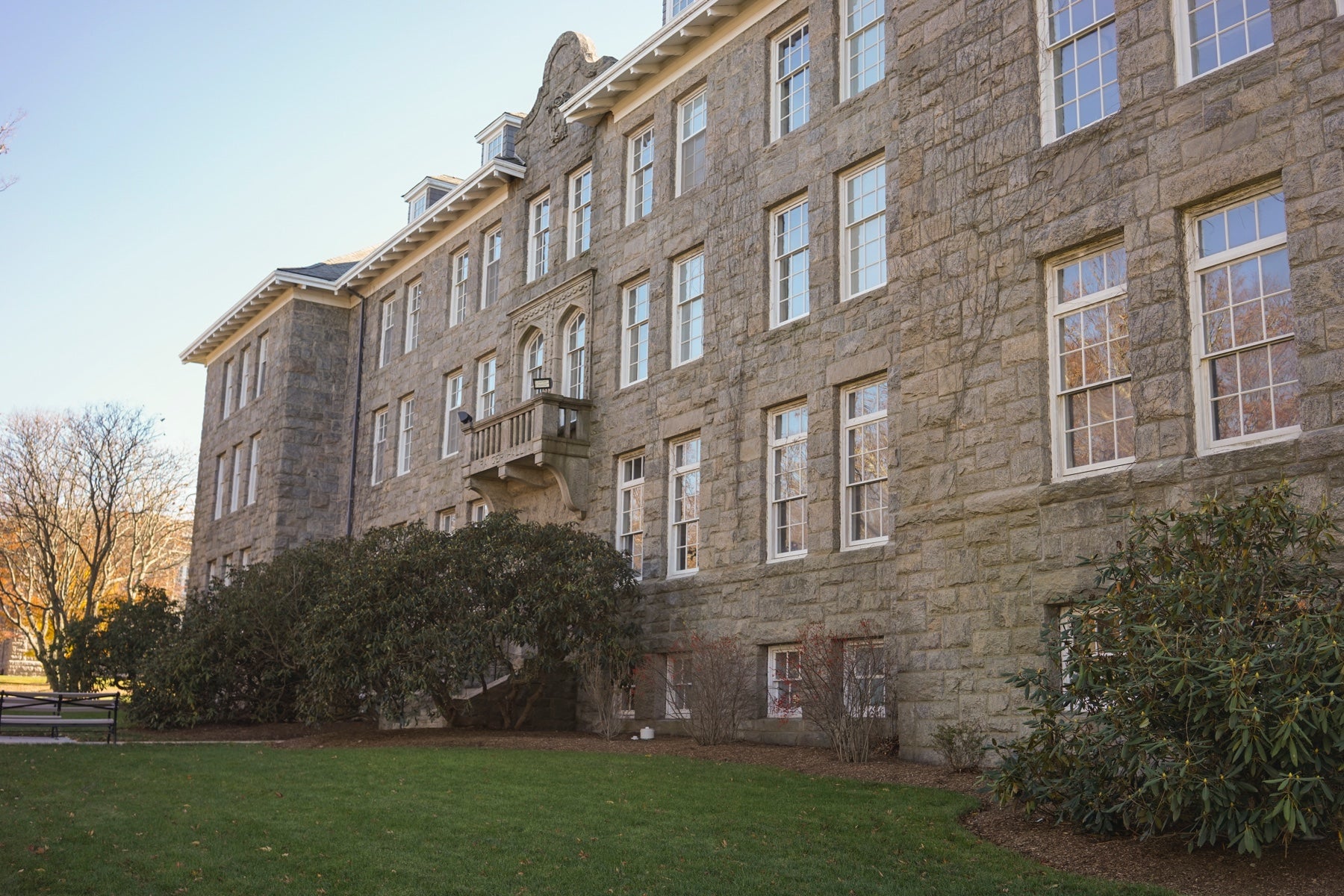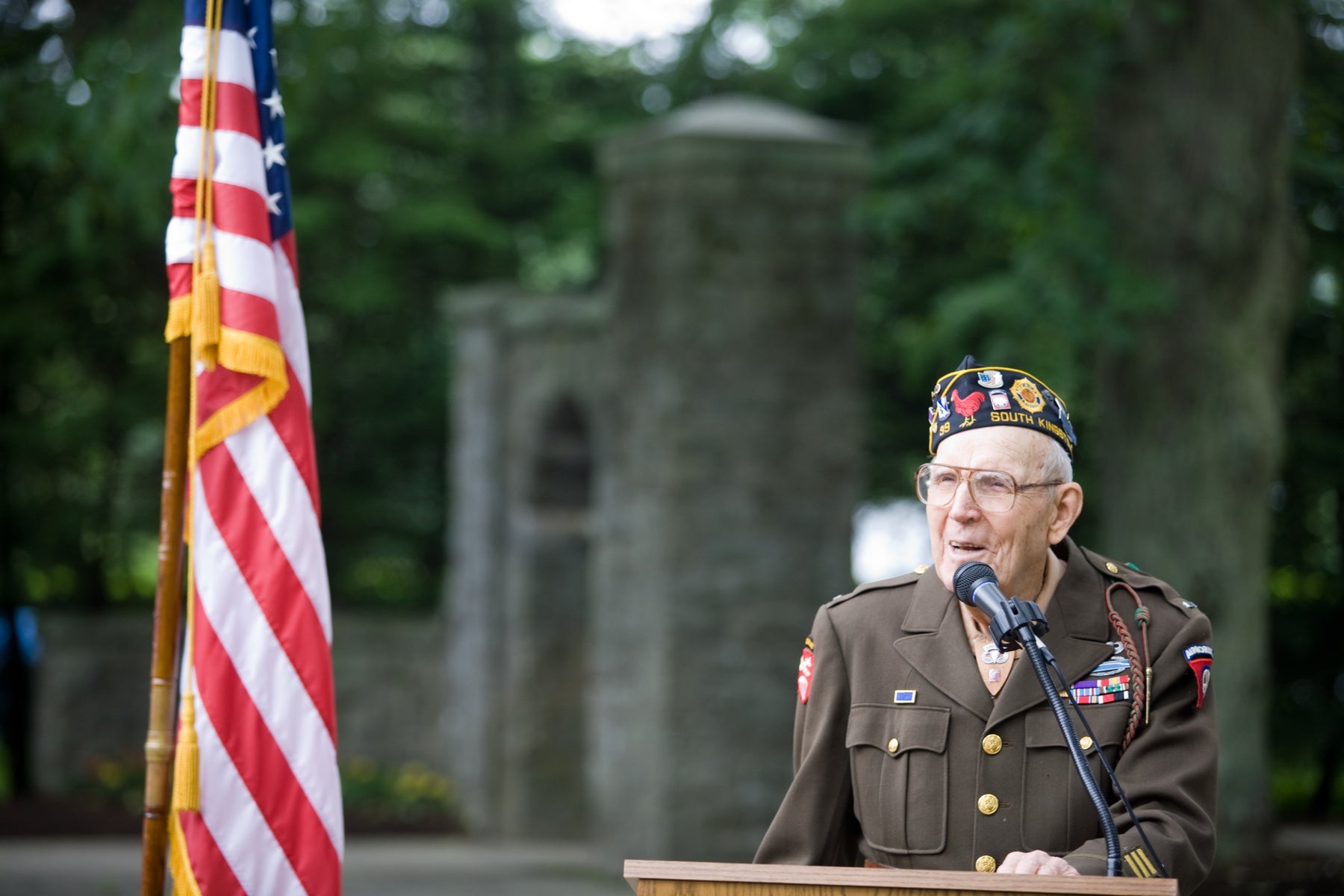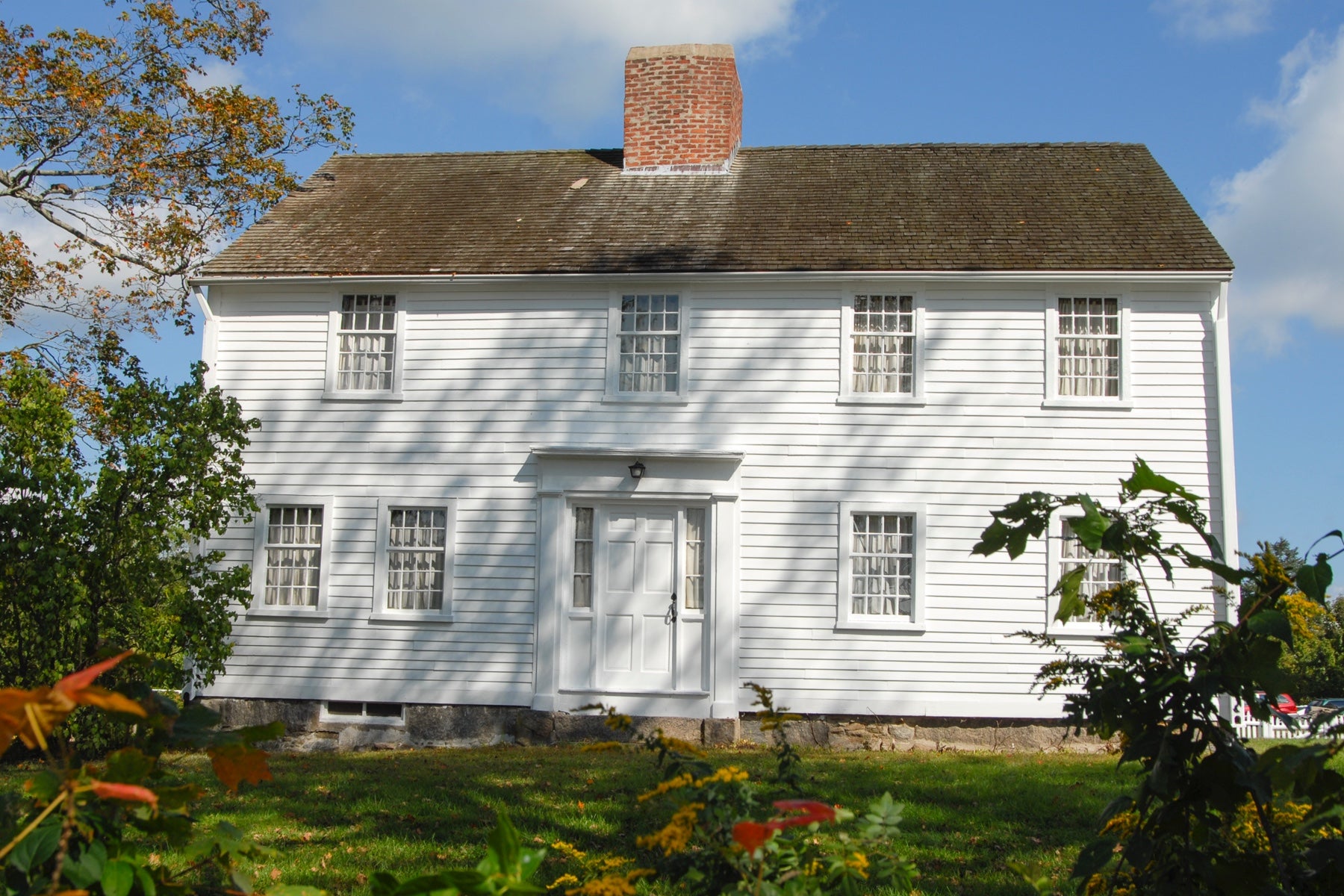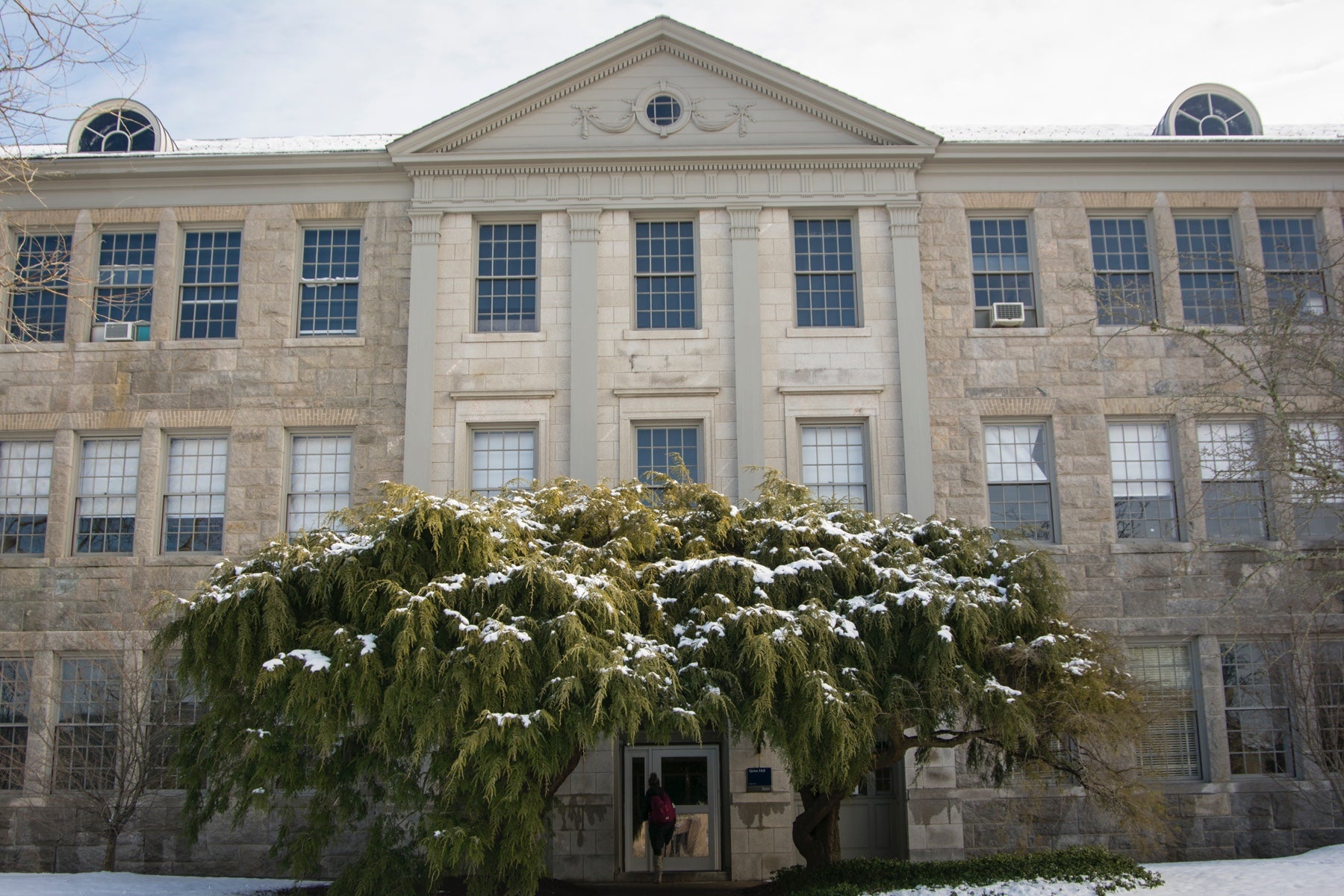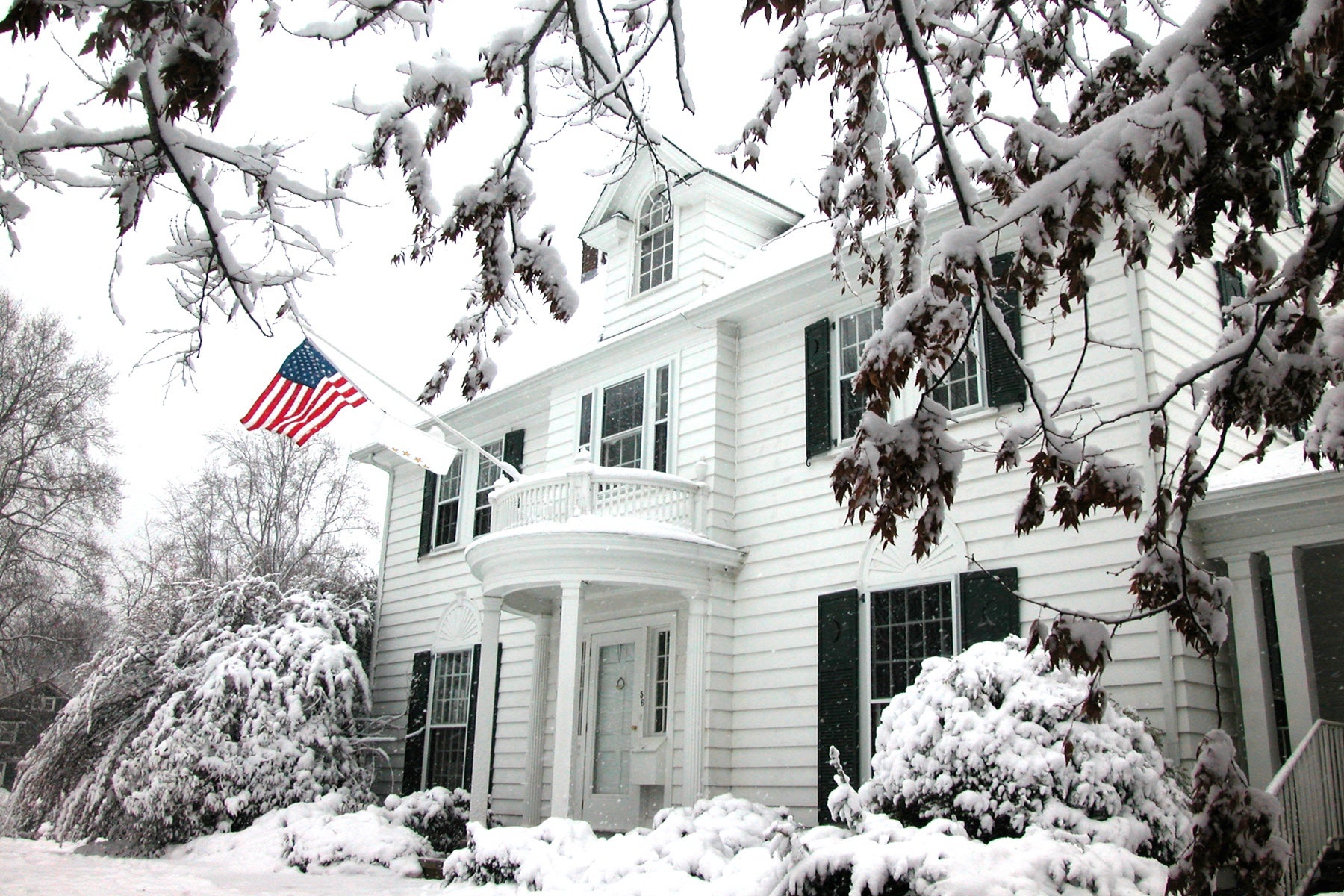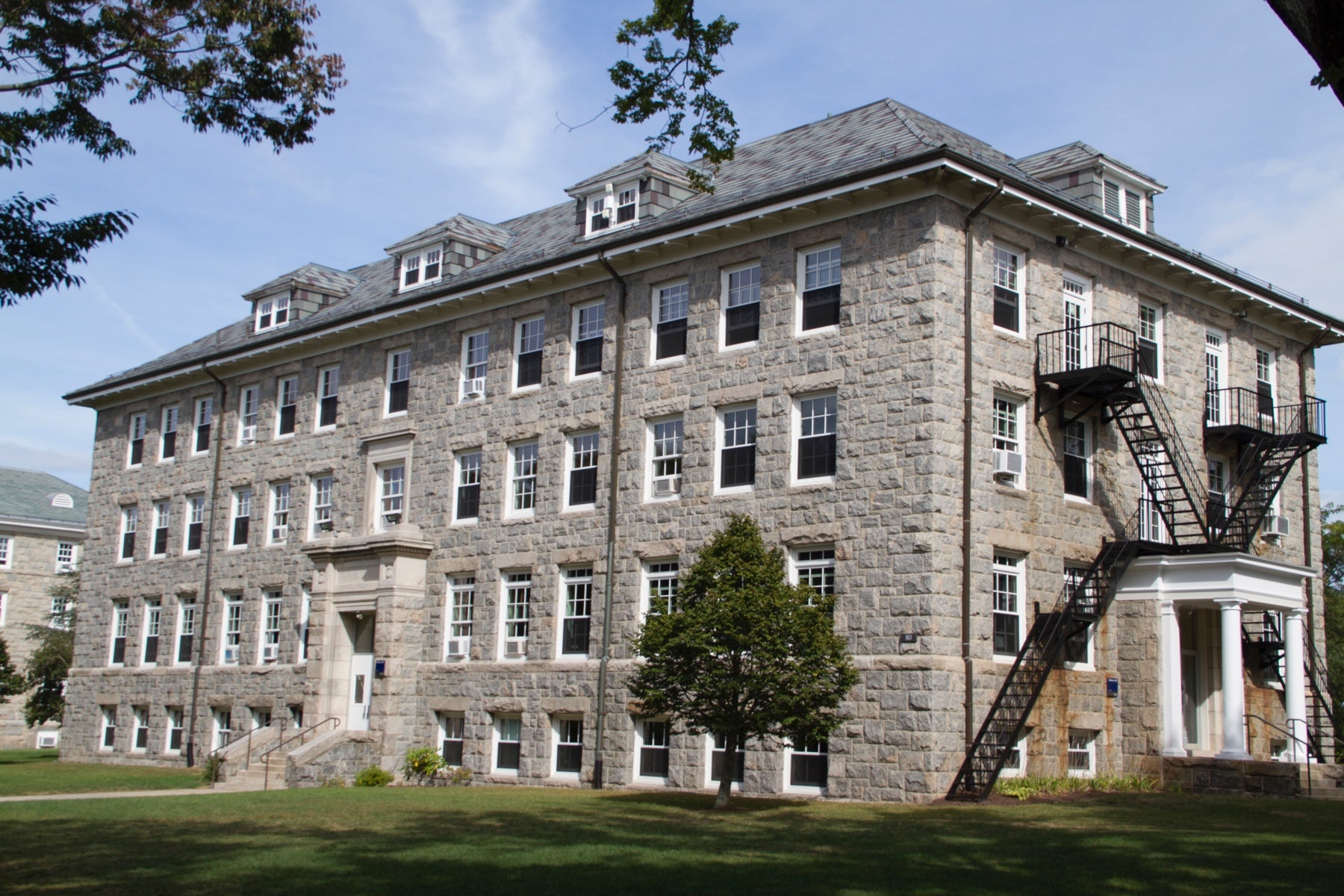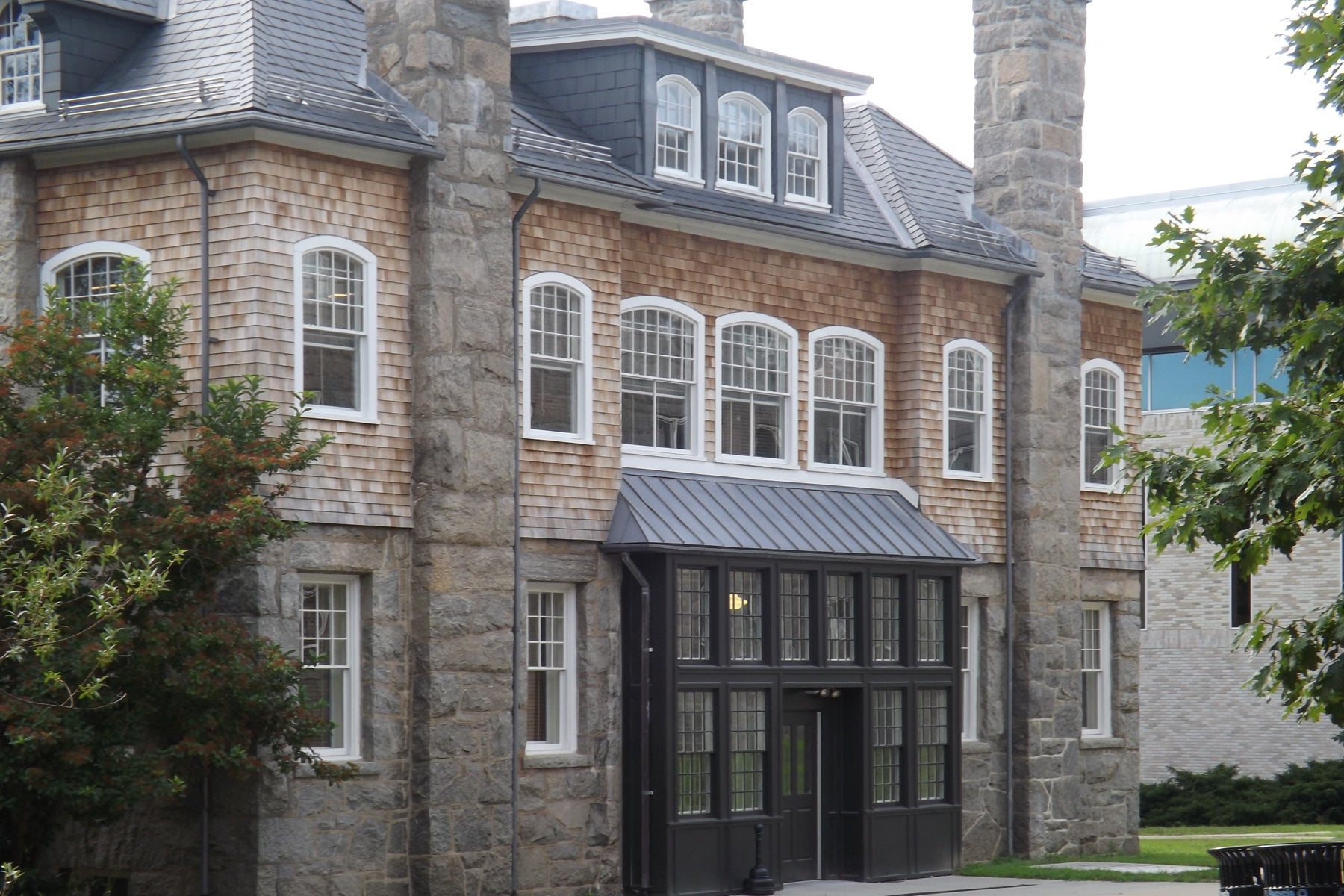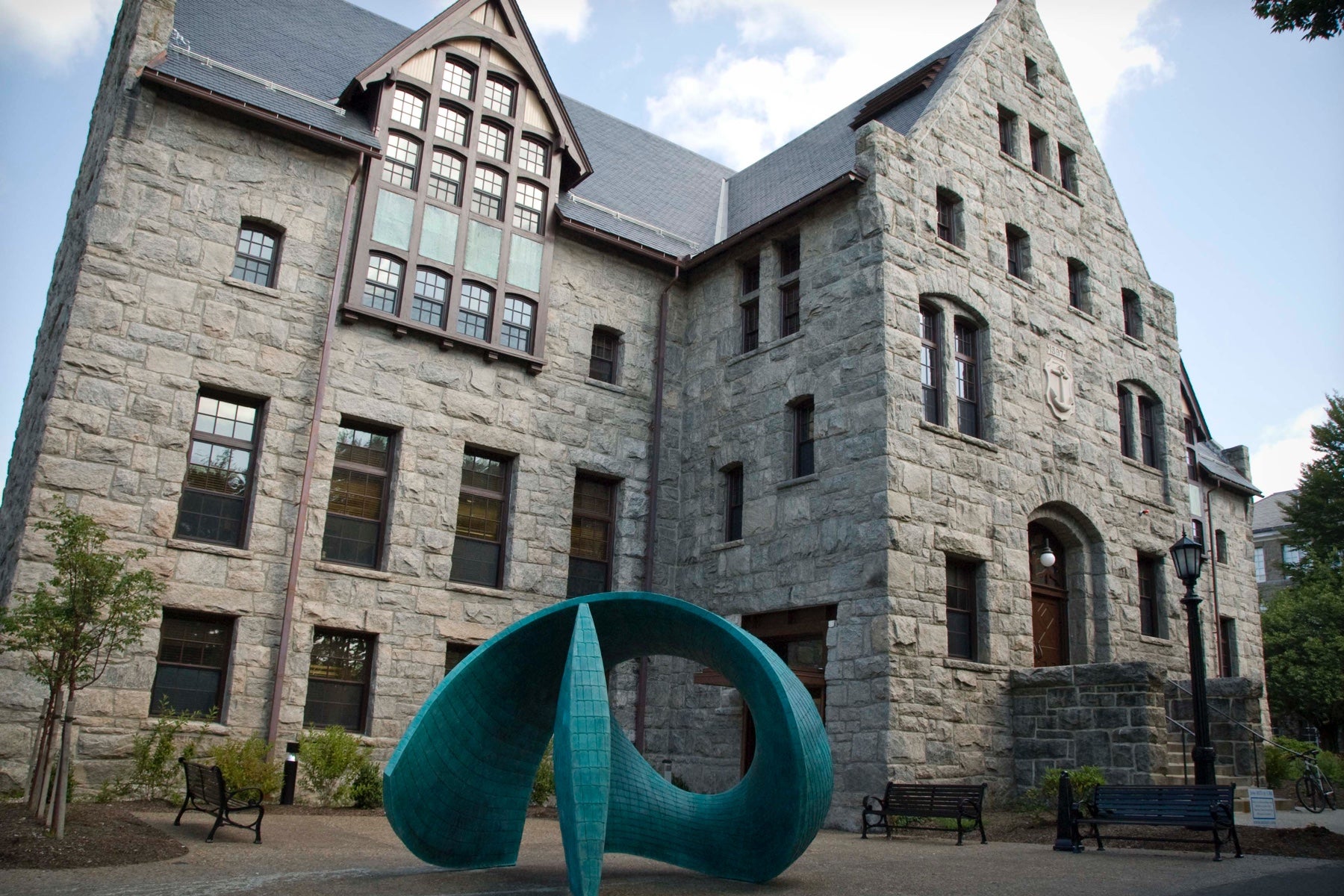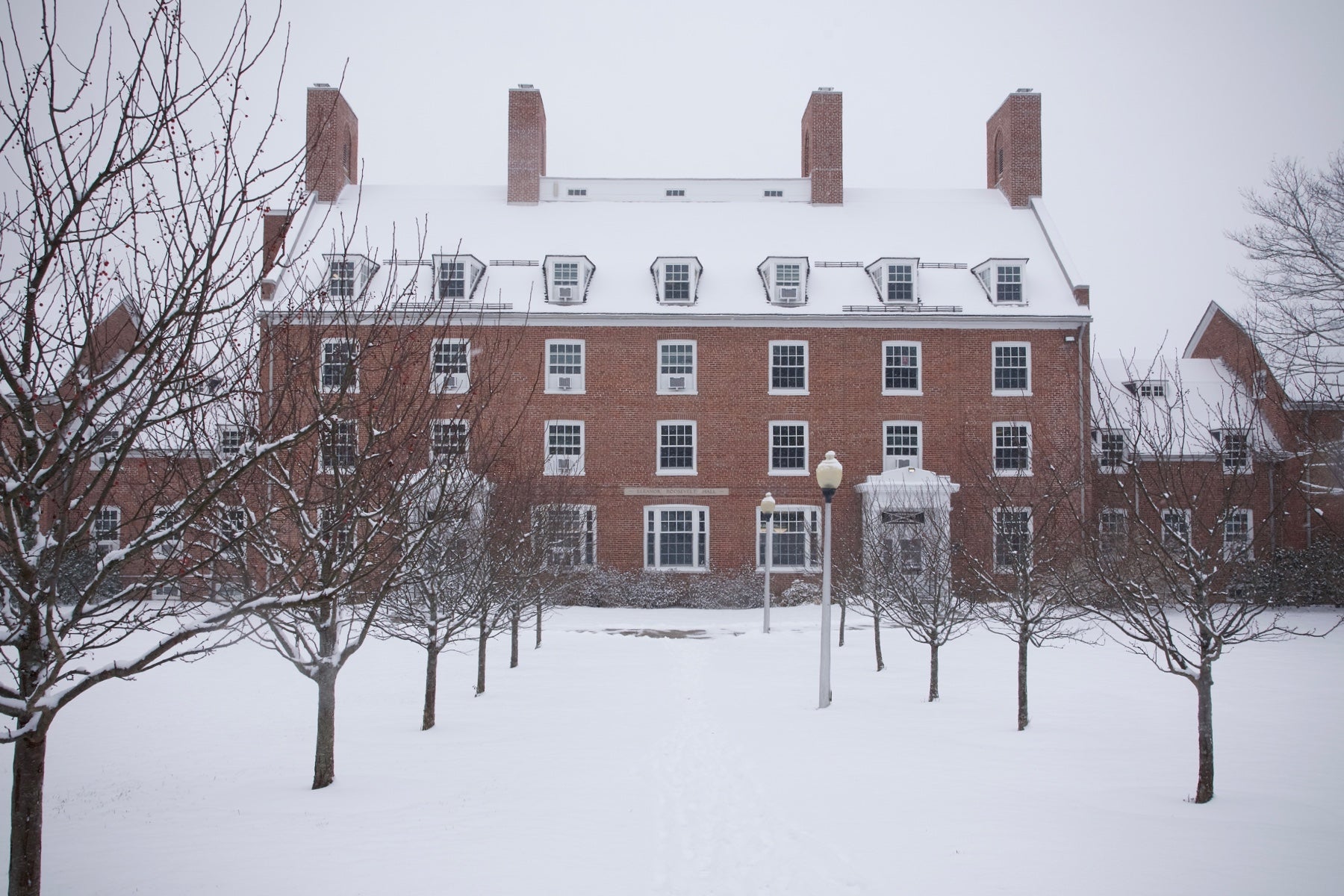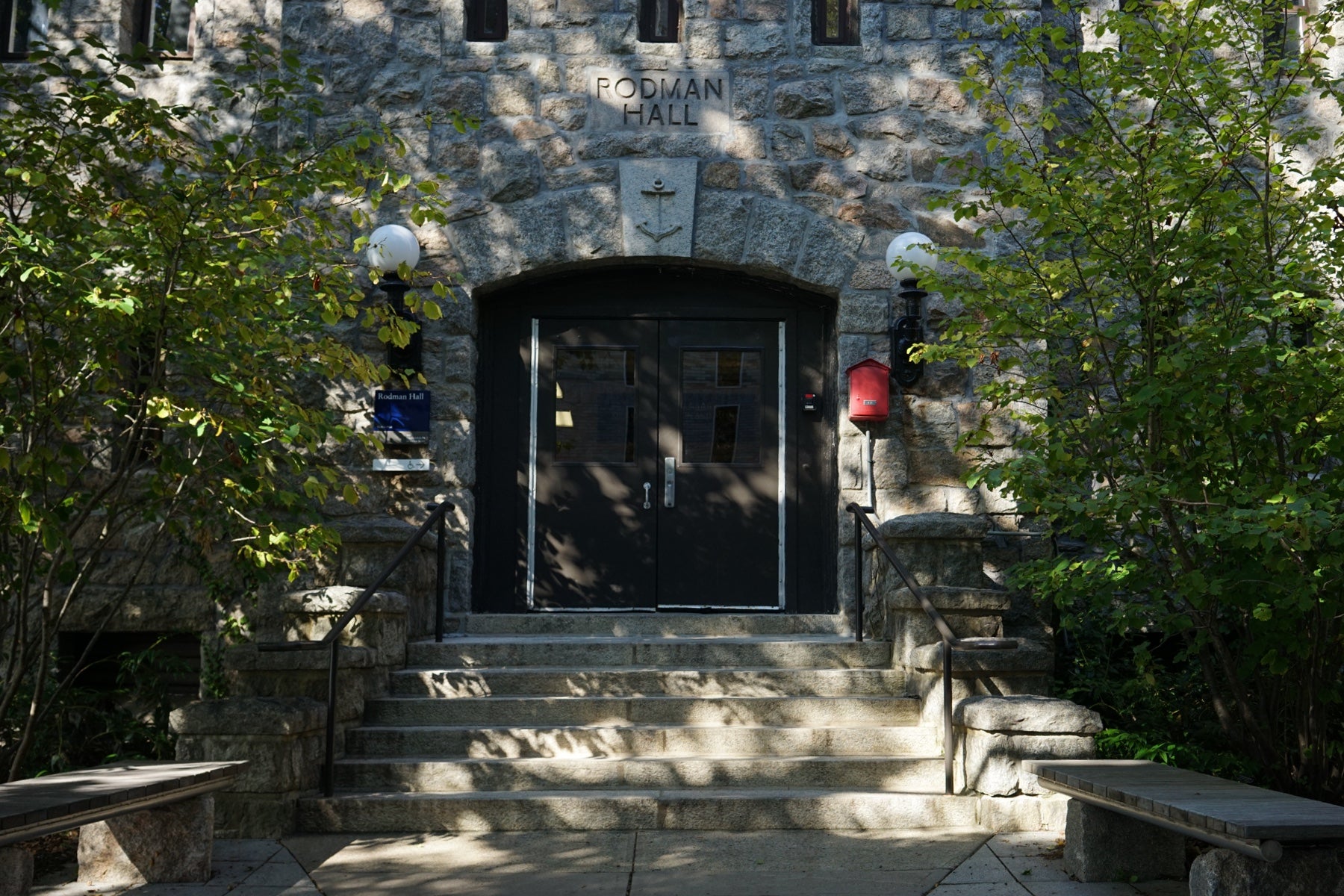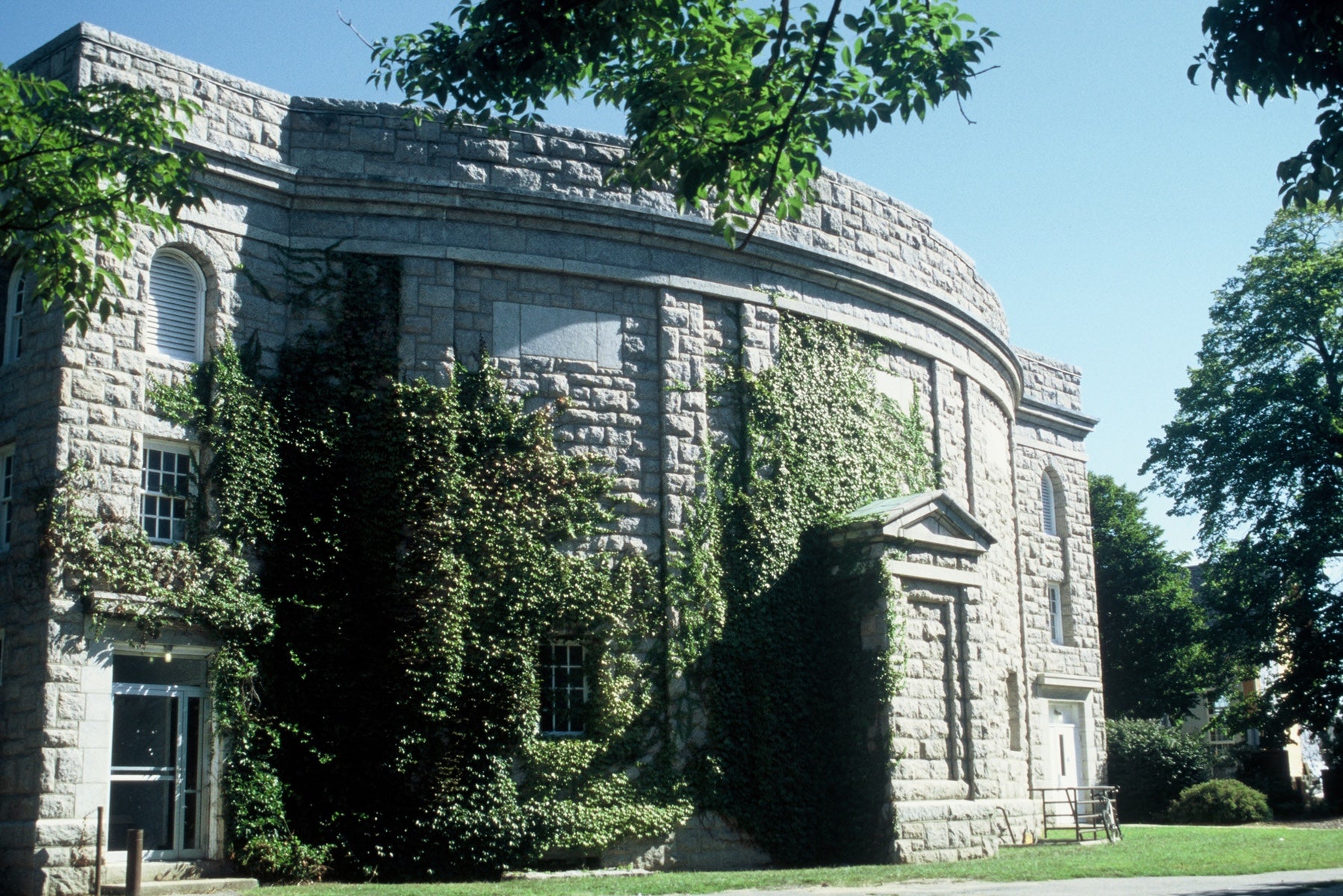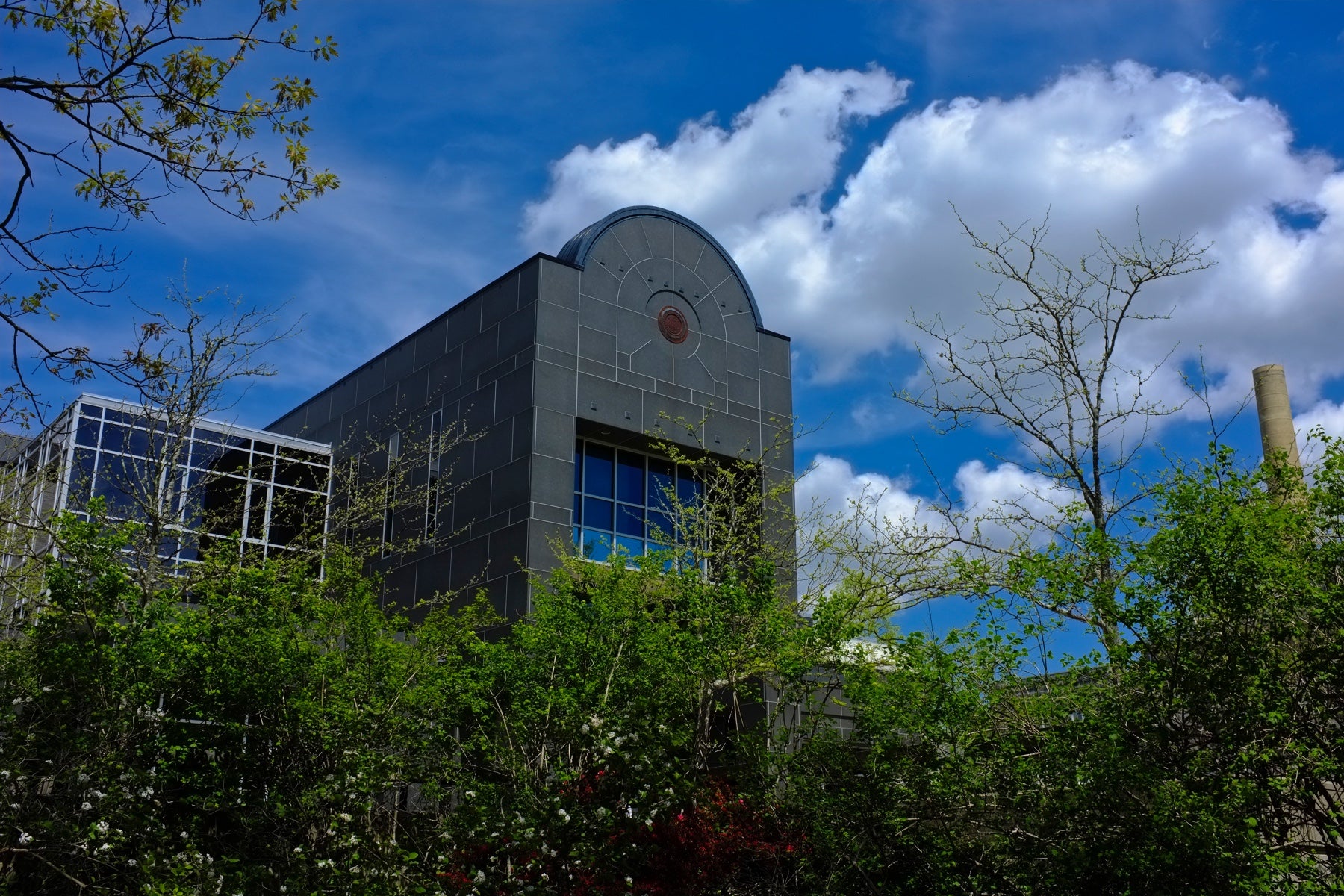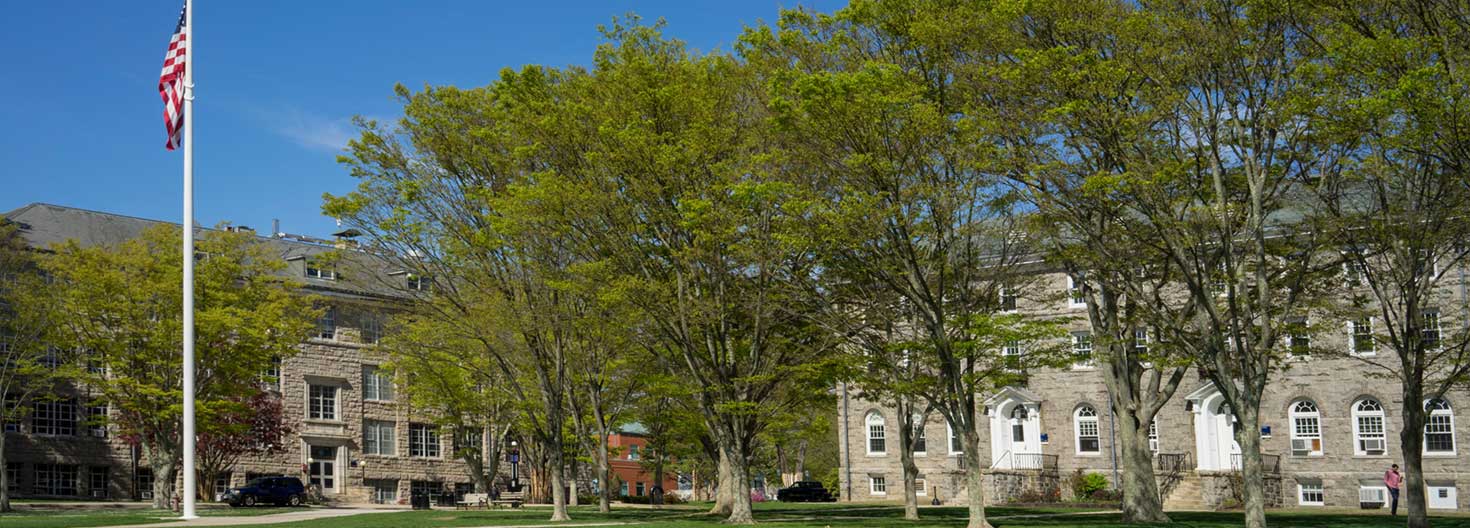 The heart of URI’s Kingston campus is one for the history books.
The heart of URI’s Kingston campus is one for the history books.
The U.S. Department of the Interior’s National Park Service has added the core of the main campus to the National Register of Historic Places for its contributions to the history of education, architecture, and landscape architecture. The National Register is the federal government’s official list of properties throughout the country whose historical and architectural significance makes them worthy of preservation.
“I am pleased to see our beautiful campus gain recognition and protection through this significant designation,” said URI President David M. Dooley. “We at URI have long cherished the buildings and landscape that comprise an important part of our unique identity and stature in higher education. It is gratifying to see our contributions recognized, and for that recognition to come, fittingly, at the close of our yearlong 125th Anniversary celebrations.”
Walk across the tree-lined quadrangle at the heart of the newly designated University of Rhode Island Historic District, and your eyes will be drawn to the iconic granite buildings that line this grassy expanse. From the castle-like Davis Hall to the solidly geometric Washburn Hall, these buildings evoke a rich history and a sense of place.
“These first-line public institutions often have great historic architecture worthy of preservation,” said Paul R. Lusignan, historian, National Register of Historic Places, National Park Service. “I will say that while many schools have buildings that share a common architectural vocabulary, few have maintained those common forms, styles and materials over time to the degree found on the URI campus. The architecture of the buildings was quite striking.”
The URI district includes approximately 29 acres on or around the quad and is roughly bound by Upper College Road on the east, Campus Avenue on the south, Lower College Road and Farmhouse Road on the west, and the eastern portion of Alumni Avenue on the north. Most of the buildings are constructed of quarry-faced granite ashlar, some of which was harvested from now-defunct quarries on campus.


